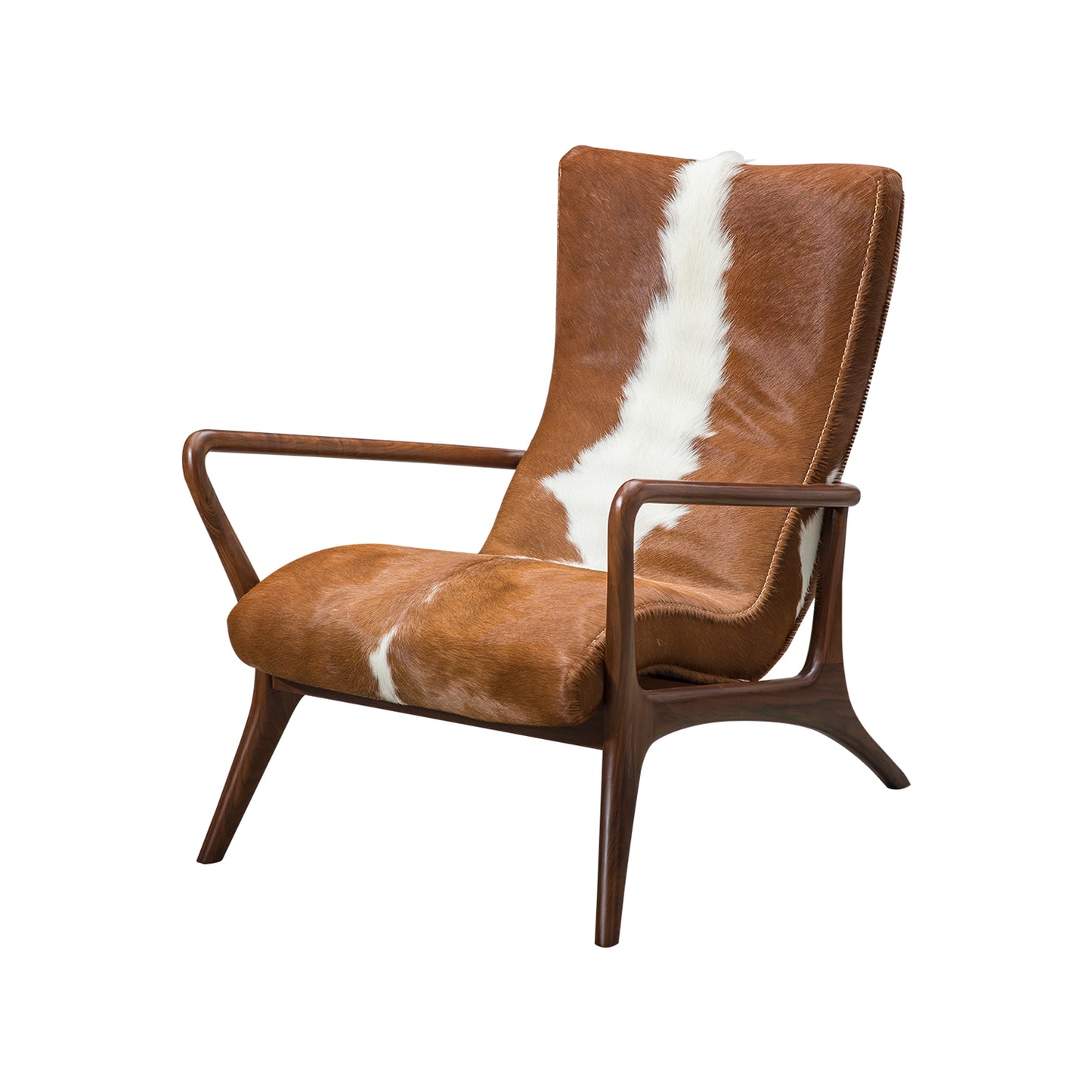The chair has long been a symbol of status, comfort, and functionality. Its evolution reflects changes in culture, technology, and aesthetics. This article delves into the fascinating journey of chair design, tracing its roots from ancient thrones to contemporary minimalist styles.

Ancient Chairs: Symbols of Power
In ancient civilisations, chairs were not merely functional items; they were often reserved for the elite. For instance, the thrones of Egyptian pharaohs and Roman emperors were intricately designed, showcasing craftsmanship and opulence. These early chairs were typically made from durable materials such as wood and stone, adorned with carvings and precious metals.
- Thrones: Represented authority and power.
- Materials: Often crafted from wood, ivory, or stone.
- Design: Elaborate carvings and embellishments were common.
The Renaissance and Baroque Periods: A Flourishing of Design
During the Renaissance, the chair underwent significant transformation. Artisans began to experiment with new forms and styles, leading to the creation of iconic pieces like the wingback chair and the chaise longue. The Baroque period further emphasised grandeur, with chairs featuring intricate details and luxurious fabrics.
What innovations emerged during this time? The introduction of upholstery allowed for greater comfort and aesthetic appeal, making chairs not only functional but also decorative. As a result, the chair became a central piece in interior design.
Modernism: Functionality Meets Aesthetics
The 20th century marked a pivotal shift in chair design, with the rise of modernism. Designers like Charles and Ray Eames revolutionised the industry by prioritising functionality and simplicity. The use of new materials such as moulded plywood and plastic allowed for innovative designs that were both affordable and stylish.
- Minimalism: Focused on clean lines and simplicity.
- Materials: Introduced plastics and metals for versatility.
- Ergonomics: Emphasised comfort and support.
Contemporary Trends: Sustainability and Customisation
Today, the chair continues to evolve, with a strong emphasis on sustainability and customisation. Designers are increasingly using eco-friendly materials and practices, reflecting a growing awareness of environmental issues. Moreover, the rise of bespoke furniture allows consumers to tailor chairs to their specific needs and preferences.
Are you looking for a chair that combines style with sustainability? Explore a wide range of options at  , where you can find beautifully designed pieces that cater to modern sensibilities.
, where you can find beautifully designed pieces that cater to modern sensibilities.
Conclusion: The Chair as a Reflection of Society
The journey of the chair from ancient thrones to modern minimalism illustrates not only the evolution of design but also the changing values of society. As we continue to innovate and adapt, the chair remains a vital element of our living spaces, embodying both comfort and style.








